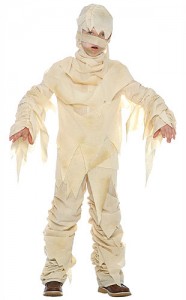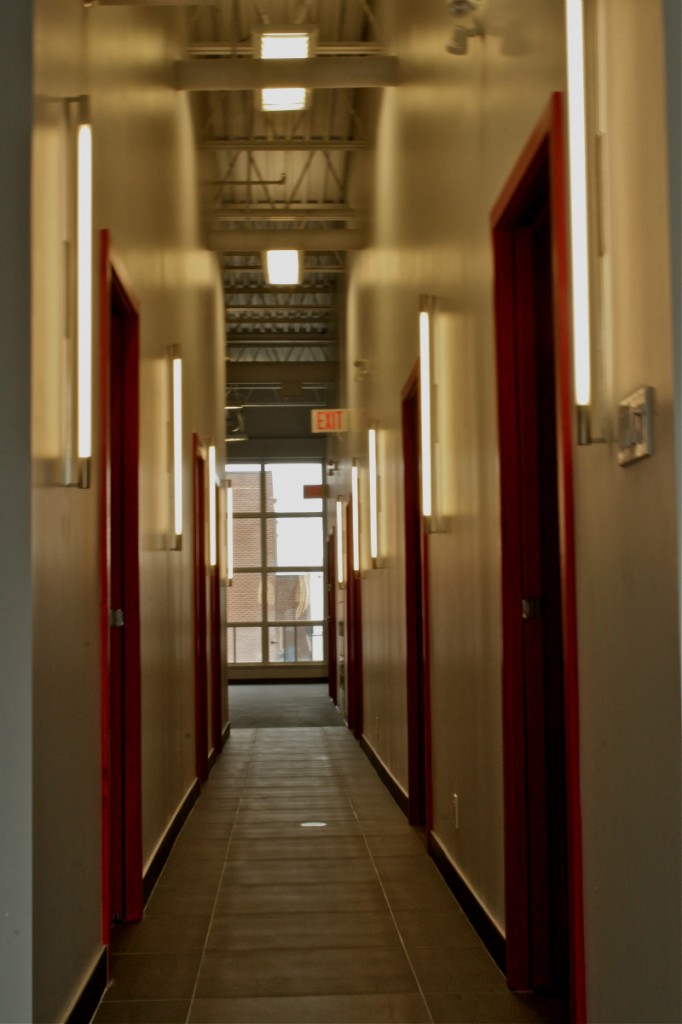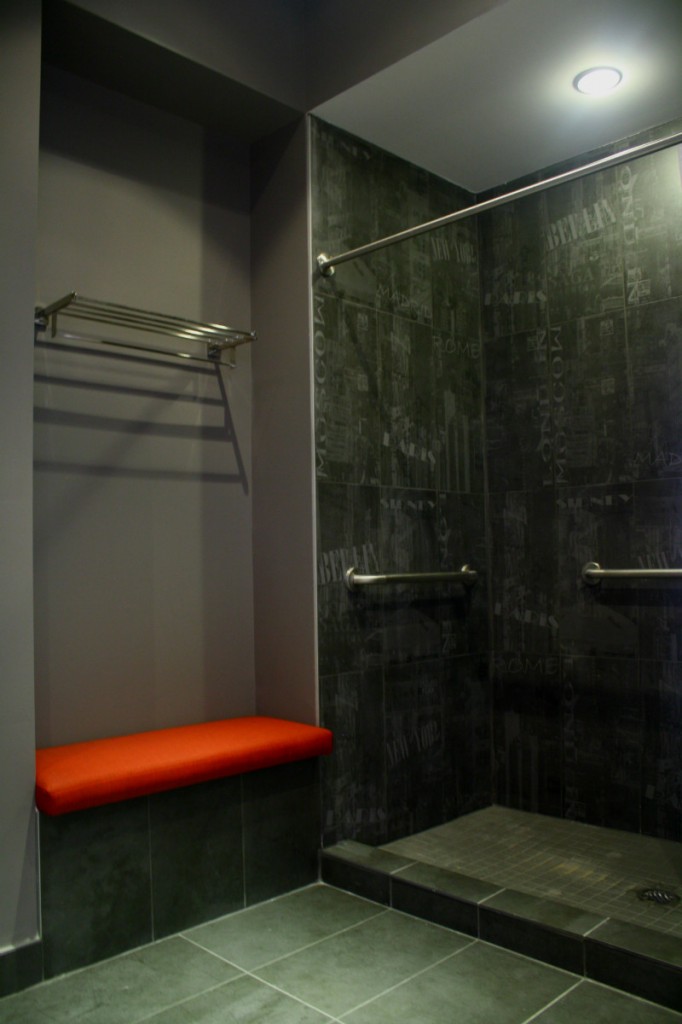While the answer to the above question depends on the type and severity of the injury, for most simple, uncomplicated musculoskeletal traumas such as slight sprains and strains, R.I.C.E will come to the rescue. For all others, seek the assessment and advice of a qualified expert.
Rest: To reduce risk of further injury, trauma, pain, or compensation patterns. This can include stopping the painful activity or using supports such as slings/crutches to offload the injured area for a short period of time, and as appropriate. Rest should NOT usually entail complete sedentary behaviour but rather should be directed towards avoidance of pain-provoking activity. For example, if you’ve hurt your shoulder playing golf and it hurts every time you swing a club, might be a good idea to take a break from golfing. It doesn’t mean you should stop walking and set up shop on your couch, feeding your feelings of woe with chips and ice cream.
Ice: To control swelling and pain. Commercial gel ice packs work really well, with frozen peas coming in a close second. Ideally you want a cold pack that will conform to the injured area. When using any form of icing, be wary of putting the cold pack directly against the skin as this can potentially lead to frostbite. A safer option is to cover your ice pack in a moistened towel and place the covered pack over the injury site. Typically aim for 20 minutes on followed by an hour off. Repeat once or twice.
Compression: To help with swelling, to brace/support the injured area, and to remind yourself that the area is injured. Tensor bandages, various commercial sleeves (e.g. elbow, knee, ankle), athletic tape can all help with creating compression in the injured area. Compression should be strong but should not be so intense as to cut off circulation. Also, to make sure that you aren’t overly compressed, remove your support/brace/tape every so often to let circulation flow unimpeded. You should never develop numbness, tingling or loss of sensation from using a compressive device.
Elevation: To help control swelling, which in turn will often decrease pain. Gravity is not just a good idea, but a law. Use this to your advantage to help drain extra fluids from injured areas. Try to get your injured site above heart level. The longer you can keep the area higher up, the less likely that fluid will pool at the injured area. Elevation works really well when coupled with R.I.C from above. For example, if you’ve sprained your ankle, you could lie on your back with your foot supported above you (pillows, stool etc), ankle wrapped in a tensor and covered in a cold gel pack for 20 minutes.
These four action steps, held in high regard by physiotherapists, chiropractors and personal trainers globally, have helped numerous individuals manage and mitigate the negative fallout from a sudden minor traumas for years.
They are, and will continue to be, one of the best first responses for these types of acute injuries.
Yours in movement.
Team Primal










(inside Peak Performance Golf)